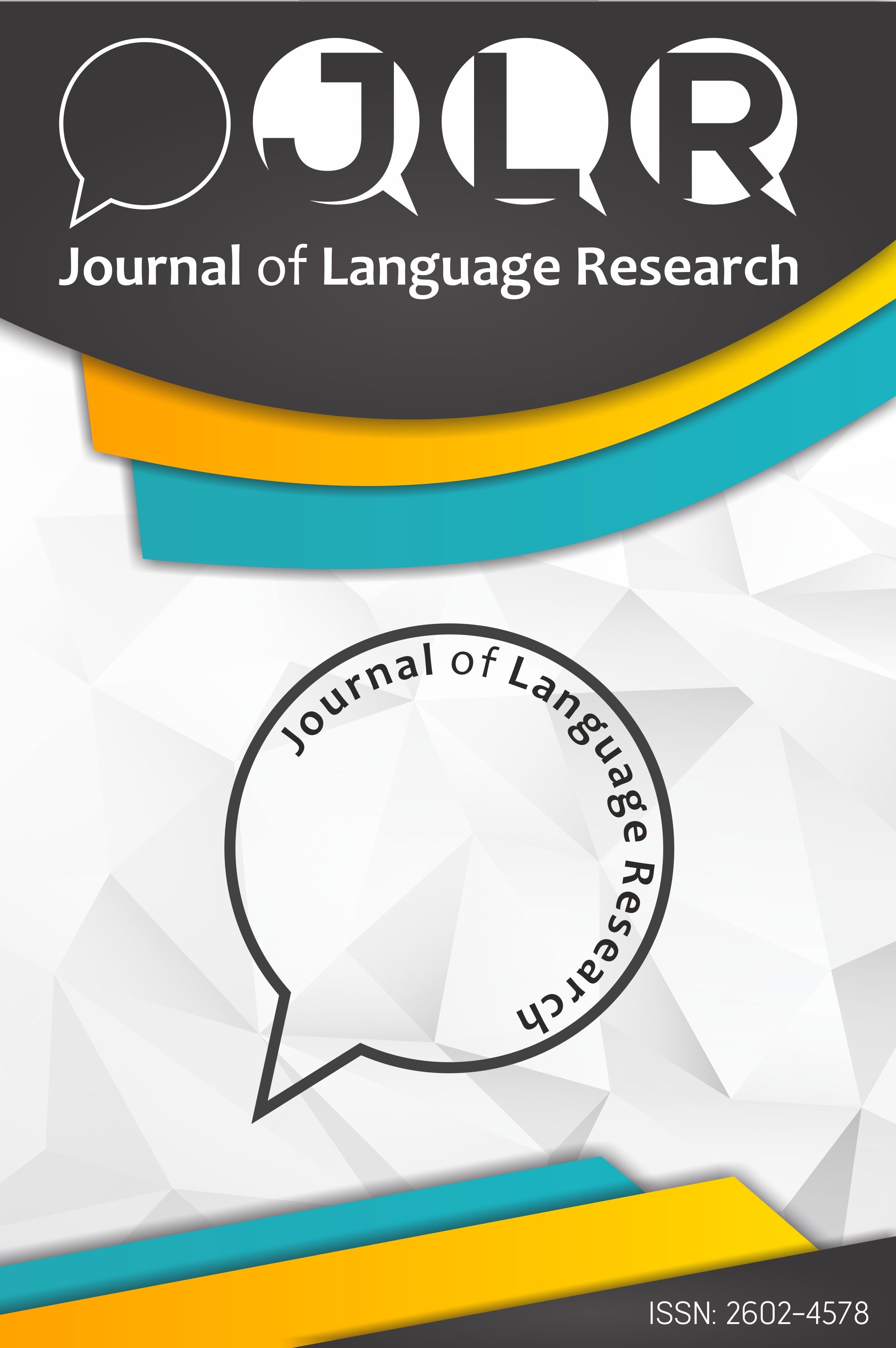Reflections from the EFL Classroom: Classroom Interaction and Reflective Teacher Development
Reflections from the EFL Classroom: Classroom Interaction and Reflective Teacher Development
ELT, Classroom Interaction, EFL Reflection,
___
- Allwright, D. (1984). The importance of interaction in classroom language learning. Applied Linguistics, 5(2), 156-171.
- Bruner, J.S. (1978). Berlyne memorial lecture: acquiring uses of language. Canadian Journal of Psychology, 32(4), 204-218.
- Daşkın, N.C. (2015). Shaping learner contributions in an EFL classroom: implications for L2 classroom interactional competence. Classroom Discourse, 6(1), 33-56. Doi: 10.1080/19463014.2014.911699
- Farrell, T.S.C. (2009). Talking, listening and teaching: A guide to classroom communication. Thousand Oaks, CA: Corwin Press.
- Farrell, T.S.C. (2015). Promoting teacher reflection in second language education: a framework for TESOL professionals. New York, NY: Routledge.
- Hall, G. & Cook, G. (2013). Own language use in ELT: exploring global attitudes and practices. London: British Council.
- Jay, J.K. & Johnson, J.L. (2002). Capturing complexity: a typology for reflective practice in teacher education. Teaching and Teacher Education, 18(1), 73-85. Doi: 10.1016/S0742-051X(01)00051-8
- Lo, Y. Y. (2015). How much L1 is too much? Teachers’ language use in response to students’ abilities and classroom interaction in content and language integrated learning. International Journal of Bilingual Education and Bilingualism, 18(3), 270-288. Doi: 10.1080/13670050.2014.988112
- Macaro, E. (2005). Codeswitching in the L2 classroom: a communication and learning strategy, 63-84. In Llurda, E. (ed.) Non-native language teachers: perceptions, challenges and contributions to the profession. New York, NY: Springer.
- McNeil, L. (2012). Using talk to scaffold referential questions for English language learners. Teaching and Teacher Education, 28, 396-404. Doi: 10.1016/j.tate.2011.11.005
- Nabei, T. & Swain, M. (2002). Learner awareness of recasts in classroom interaction: a case study of an adult EFL student’s second language learning. Language Awareness, 11(1), 43-63. Doi: 10.1080/09658410208667045
- Nazari, A. & Allahyar, N. (2012). Increasing willingness to communicate among English as a foreign language (EFL) students: effective teaching strategies. Investigations in University Teaching and Learning, 8(2), 18-29.
- Salı, P. (2014). An analysis of the teachers’ use of L1 in Turkish EFL classrooms. System, 42, 308-318. Doi: 10.1016/j.system.2013.12.021
- Seedhouse, P. (1996). Classroom interaction: possibilities and impossibilities. ELT Journal, 50(1), 16-24.
- Seedhouse, P. & Jenks, C.J. (2015). International perspectives on ELT classroom interaction: an introduction, 1-9. In Jenks, C.J. & Seedhouse, P. (eds.) International perspectives on ELT classroom interaction. Basingstoke: Palgrave Macmillan.
- Sert, O. (2015). Social interaction and L2 classroom interaction. Edinburgh: Edinburgh University Press.
- Sert, O. (2017). Creating opportunities for L2 learning in a prediction activity. System, 70, 14-25. Doi: 10.1016/j.system.2017.08.008
- Sert, O. & Jacknick, C. M. (2015). Students’ smiles and the negotiation of epistemics in L2 classrooms. Journal of Pragmatics, 77, 97-112. Doi: 10.1016/j.pragma.2015.01.001
- Sert, O. & Walsh, S. (2013). The interactional management of claims of insufficient knowledge in English language classrooms. Language and Education, 27(6), 542-565. Doi: 10.1080/09500782.2012.739174
- Tuma, F. (2014). Dialogism and classroom interaction in English language teaching: a review of Czech research. Pedagogicka Orientace, 24(6), 878-902. Doi: 10.5817/PedOr2014-6-878
- Walsh, S. (2003). Developing interactional awareness in the second language classroom through teacher self-evaluation. Language Awareness, 12(2), 124-142. Doi:10.1080/09658410308667071
- Walsh, S. (2012). Conceptualising classroom interactional competence. Novitas-ROYAL (Research on Youth and Language), 6(1), 1-14.
- Walsh, S. & Li, L. (2013). Conversations as space for learning. International Journal of Applied Linguistics, 23(2), 247-266. Doi: 10.1111/ijal.12005
- Walsh, S. & Mann, S. (2015). Doing reflective practice: a data-led way forward. ELT Journal, 69(4), 351-362. Doi: 10.1093/elt/ccv018
- Waring, H.Z. (2008). Using explicit positive assessment in the foreign language classroom: IRF, feedback, and learning opportunities. The Modern Language Journal 92(iv), 577-594. Doi: 10.1111/j.1540-4781.2008.00788.x
- Yakub, B. & Rokni, M.P. (2012). Teachers’ limited wait time practice and learners’ participation opportunities in EFL classroom interaction. Journal of English Language Teaching and Learning, 10, 127-161.
- ISSN: 2602-4578
- Başlangıç: 2017
- Yayıncı: Emrah EKMEKÇİ
Türkiye’de YÖK Öncesi ve Sonrası Yabancı Dil Eğitimi
Reflections from the EFL Classroom: Classroom Interaction and Reflective Teacher Development
Kitap İnceleme: İfade ve Kelime Seçimleri Sözlüğü (2015)
Kitap İnceleme: Bilimsel ve Teknolojik Terimlere Dair Etimolojik Hikâyeler (2017)
İlkokul Öğrencilerinde Görünüşsel Edim
Does English Medium Instruction (EMI) Make a Difference on Student Motivation?
